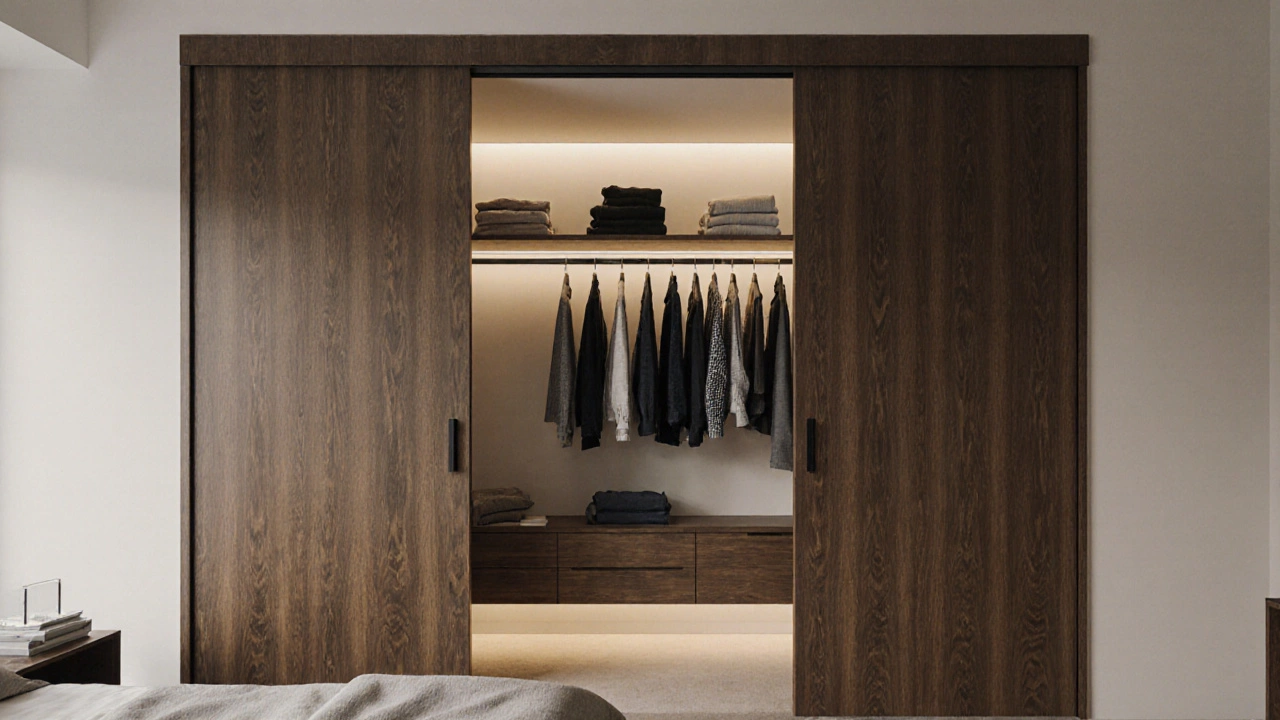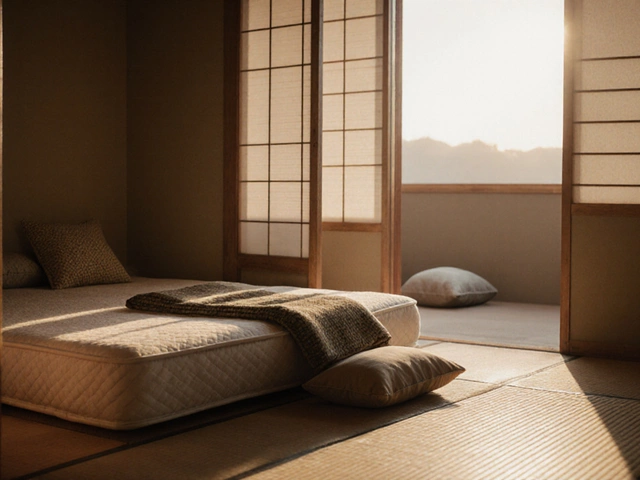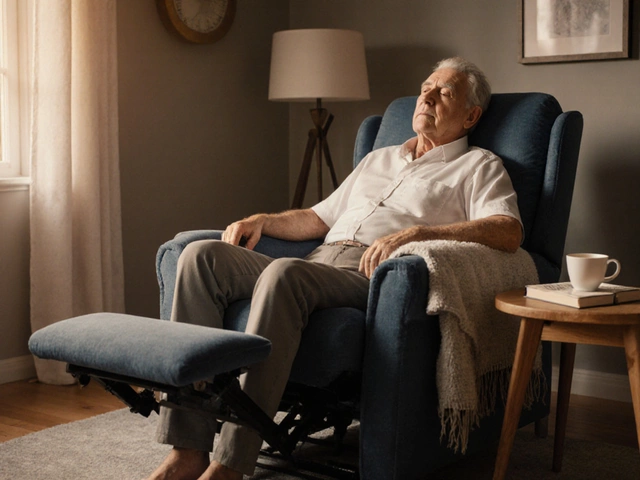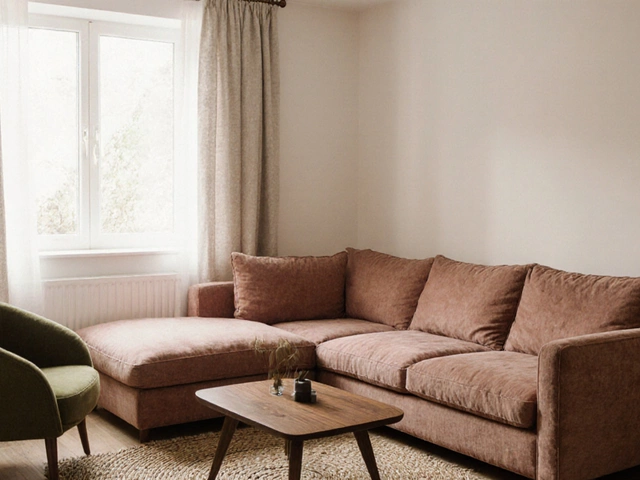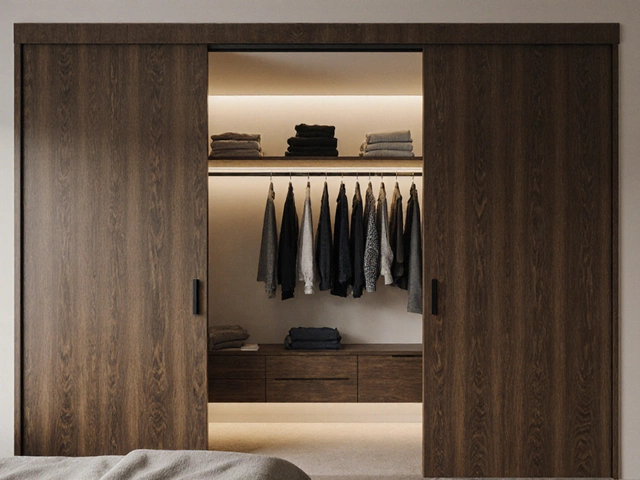Closet vs Wardrobe Checker
How Much Do You Know About Closets and Wardrobes?
Take this quick 3-question quiz to test your knowledge of when Americans use "closet" versus "wardrobe." Results will show immediately.
Question 1: What does an American typically call built-in bedroom storage?
Question 2: What do Americans call a freestanding clothing storage unit?
Question 3: In which scenario would an American definitely NOT call it a "wardrobe"?
- Question 1:
- Question 2:
- Question 3:
Ask an American where they keep their clothes, and they’ll likely say closet. Ask the same question in the UK, Australia, or parts of Europe, and they’ll say wardrobe. It’s not just a word difference-it’s a cultural and architectural split in how people think about storing clothes.
What’s the Real Difference Between Closet and Wardrobe?
A closet in the U.S. is usually built into the wall. It’s part of the house structure, often with sliding or hinged doors, shelves, hanging rods, and sometimes even lighting. You don’t move it. You walk into it-or reach into it-when you need a shirt or pair of jeans.
A wardrobe, on the other hand, is a freestanding piece of furniture. It’s got doors, drawers, and a frame. You can pick it up and move it to another room if you want. In the U.S., you’ll find wardrobes mostly in older homes, rental apartments, or as decorative accents in bedrooms where built-in closets aren’t an option.
Here’s the key: Americans don’t call built-in storage units wardrobes. They call them closets. If you say “wardrobe” in a Home Depot parking lot, someone might hand you a tall wooden cabinet they found at a flea market-not the space behind your bedroom door.
Why Do Americans Use ‘Closet’ Instead of ‘Wardrobe’?
The word closet has been used in American English since the 1600s. Back then, it meant a small private room-sometimes for storing things, sometimes for prayer or reading. Over time, as homes got bigger and more standardized in the 1900s, builders started including small enclosed spaces in bedrooms specifically for clothes. These became the standard.
By the 1950s, American suburban homes were being built with walk-in closets as a selling point. Real estate listings bragged about them. Builders made them bigger. And the word stuck.
Meanwhile, in the UK, houses were often smaller and older. Built-in storage wasn’t as common. People used freestanding furniture-like the wardrobe-to store clothes. That term carried over, even as modern homes appeared.
What Do Americans Call a Freestanding Clothing Cabinet?
If you see a tall, wooden cabinet with doors and hanging space in a U.S. home, it’s not called a wardrobe. Most Americans call it a closet cabinet, clothing cabinet, or just a chest of drawers with hanging space. Some might say wardrobe-but only if they’re borrowing British English or trying to sound fancy.
Try this: Go to a U.S. furniture store like IKEA, Target, or Wayfair. Search for “wardrobe.” You’ll find results-but the product descriptions will say things like “freestanding clothing storage” or “closet organizer.” The word “wardrobe” is used, but it’s treated like a foreign term. It’s not the default.

Where Do You Actually See ‘Wardrobe’ in the U.S.?
You’ll hear “wardrobe” in three places in the U.S.:
- Older homes-especially in the Northeast or in historic districts-where furniture was used before built-ins became standard.
- Rental apartments-where landlords didn’t install closets, so tenants bring their own storage.
- High-end design magazines or luxury home shows-where designers use “wardrobe” to sound more European or sophisticated.
But even then, it’s not the norm. A homeowner in Texas or Arizona isn’t going to say, “I just installed a new wardrobe.” They’ll say, “I added a custom walk-in closet.”
What About Walk-In Closets? Are Those Wardrobes?
No. A walk-in closet is still a closet-even if it’s big enough to stand in. Americans don’t call it a wardrobe just because it’s spacious. The difference isn’t size-it’s structure. If it’s built into the walls, it’s a closet. If it’s a separate piece of furniture, it’s a wardrobe.
Think of it like this: A refrigerator is a fridge. A freezer is a freezer. Even if you have a giant walk-in freezer at home, you don’t call it a “cold room.” Same logic applies.
Do Americans Ever Say ‘Wardrobe’?
Yes-but rarely in everyday speech. You’ll hear it in:
- Movie scripts set in the UK or Europe
- Historical dramas (think Victorian-era homes)
- When someone’s being ironic or trying to sound British
There’s also a small group of design-savvy Americans who use “wardrobe” to describe a curated collection of clothes. “My wardrobe is all neutral tones,” they might say. That’s a fashion term, not a storage term. It’s about style, not structure.
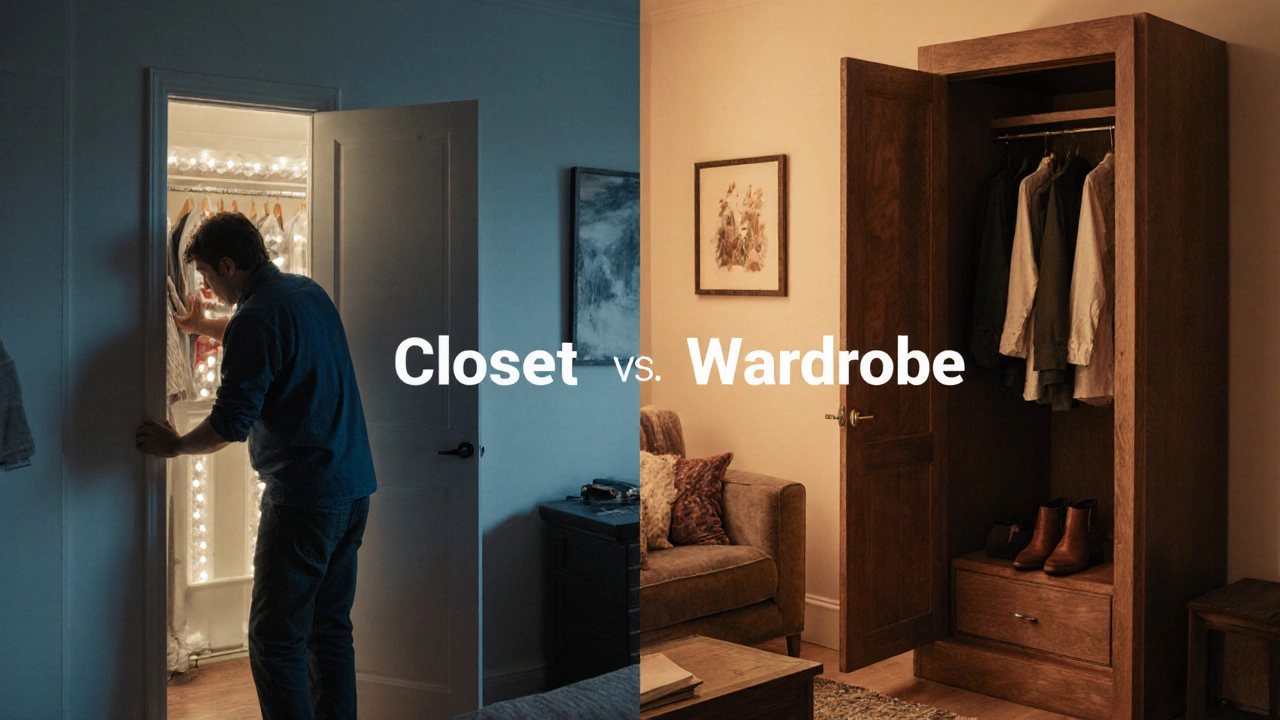
What’s the Bottom Line?
If you’re in the U.S., say closet. It’s the word everyone understands. Say “wardrobe,” and you might get a confused look-or someone bringing you a piece of furniture you didn’t ask for.
It’s not about being right or wrong. It’s about being understood. Language changes by region, history, and habit. In America, the closet won. The wardrobe never stood a chance.
What If You’re Moving to the U.S.?
If you’re moving from the UK, Australia, or Canada and you’re used to saying “wardrobe,” don’t panic. You’ll adapt quickly. Just remember:
- When you’re shopping for storage: Look for “built-in closet” or “reach-in closet.”
- If you need a freestanding unit: Search for “clothing storage cabinet” or “freestanding closet organizer.”
- Don’t be surprised if your landlord says, “We don’t have wardrobes-just closets.”
And if you’re buying furniture? Go to a store and ask for a “tall cabinet with hanging space.” That’s the phrase that gets you what you need.
Final Thought: Language Is Local
Words like “closet” and “wardrobe” show how deeply culture shapes language. In one country, storage is part of the architecture. In another, it’s part of the furniture. Neither is wrong. But if you want to fit in, speak like the locals.
So next time you’re in a U.S. home and someone says, “Your stuff is in the closet,” just nod. You’re not missing anything. They’re not being odd. They’re just speaking American.

